Understanding Companion Planting
Definition and History
Companion planting is an age-old method where different plant species are cultivated together for mutual benefit. This practice has been prevalent in farming for centuries and involves strategic selection and placement of plant species to enhance growth, flavor, pest resistance, and overall productivity. The history of companion planting can be traced back to indigenous agricultural practices, such as the "Three Sisters" method used by Native Americans, where corn, beans, and squash are grown together to complement and support each other's growth.The Science Behind Companion Planting
Companion planting works based on several principles including attraction and repulsion of insects, provision of ground cover, and enhancement of nutrients in the soil. Certain plants emit chemical signals that repel pests naturally, while others might serve as trap crops, luring pests away from your prized plants.Benefits of Companion Planting in Spring

Natural Pest Control
One of the foremost reasons gardeners turn to companion planting is its ability to naturally deter pests. Instead of relying on chemical pesticides, which can harm beneficial insects as well as pests, companion planting offers a sustainable solution. For example, planting marigolds alongside tomatoes can repel nematodes, while basil has been known to ward off both flies and mosquitoes, making your garden a more pleasant space to enjoy and a more hospitable environment for your plants.Enhanced Growth and Yield
Companion plants don't just protect each other from pests; they can also support each other's growth. By selecting the right combinations, plants can help each other in nutrient uptake, provide shade, or offer structural support. Consider planting legumes, which can fix nitrogen, alongside heavy feeders like corn to improve soil fertility.Biodiversity and Ecosystem Support
A diverse garden is a healthy garden. By incorporating a variety of plants, companion planting encourages a balanced ecosystem that supports wildlife. Encouraging beneficial insects such as ladybugs and predatory wasps naturally keeps pest populations under control. This biodiversity is crucial, especially in the warmer spring months when pests strive to establish themselves.Popular Companion Plant Combinations for Spring
The Power Duo: Tomatoes and Basil
Basil is a classic companion plant for tomatoes, enhancing their flavor and growth and repelling common pests like whiteflies and hornworms. Planting these two together maximizes your harvest potential and helps ensure a healthy tomato crop.Marigolds and Various Vegetables
Marigolds are known for their pest-repellant properties. They produce a scent that is off-putting to nematodes and can substantially reduce their population in your garden. Pair marigolds with crops like beans, cucumbers, and potatoes for optimal pest defense.Carrots and Onions
This combination deters pests such as the carrot fly and onion fly, as the contrasting scents of these plants confuse the insects. By limiting pest attractions, your carrots and onions can grow robustly throughout the spring season.Implementing Companion Planting in Your Garden

Planning Your Garden Layout
Successful companion planting requires careful planning and layout design. Begin by mapping out the garden space, noting the sun, shade, and soil conditions that differ throughout your garden. Group plants that complement each other's needs and growth habits.Consider Plant Height and Space Requirements
It's essential to account for plant growth patterns. For instance, placing taller plants like sunflowers on the north side of a garden ensures they don't cast undue shade on shorter companions. Similarly, giving sprawling plants like squash ample room to spread will prevent them from smothering smaller, companion plants.Proper Planting Techniques
Ensure that you follow the best planting practices to give each companion plant pair its best chance. Rotate crops annually to prevent pest and disease buildup. For those new to gardening, selecting easy-to-grow combinations like marigolds with cucumbers and beans is a wise choice.Choosing the Right Companion Plants for Your Spring Garden
Best Companion Plants for Pest Control
Selecting plants like chives, garlic, and onion can help trap pests due to their strong odors. Nasturtiums act as a sacrificial plant, attracting aphids that might otherwise attack valuable plants like lettuce and spinach.Using Herbs for Companion Planting
Herbs such as dill, parsley, and mint not only have culinary uses but also attract beneficial insects and repel aphid, moth, and flea beetles. Plant these along the edges of your garden to create a protective barrier naturally fortified against pests.The Versatility of Perennials in Companion Gardens
Consider integrating perennial plants that return every year. Plants like lavender, which repel fleas and moths, or echinacea, which attracts pollinators, add year-round benefits to your spring preparations.Spring Pest Problems and Companion Plant Solutions

Aphids: Enemy of the Spring Garden
Known for their rapid reproduction, aphids can quickly overrun a garden. To combat them, try planting nasturtiums, a natural aphid trap, away from other plants. Alternatively, the strong aroma of garlic can repel these sap-sucking pests.Dealing with Caterpillars
Caterpillars chew through leaves, buds, and flowers, which can devastate crops if left unchecked. Planting dill or fennel can attract wasps, which prey on caterpillars, providing a chemical-free solution to these pests.Beetle Battle Strategies
Beetles can decimate plant leaves, but by intercropping with alliums like garlic or onion, you can protect your crops. Their pungent smell deters beetles effectively and is a great defense against pest infestation.Real-Life Success Stories
The Resilient Victory Garden
During the historical Victory Garden movement, many gardeners incorporated companion planting techniques to maximize production. With limited resources, these gardens thrived by using strategic plant groupings that minimized the need for external fertilizers and pest control measures.Community Gardens: Learning from Shared Experiences
Many community gardens successfully use companion planting to manage pests without chemicals, creating a shared knowledge base that fosters environmental stewardship and community pride. These gardens serve not only as a food source but as hubs of biodiversity.Case Study: Plantology's Evolution
At Plantology, we've seen firsthand how companion planting strategies can improve the health and productivity of gardens. Our customers have reported fewer pests and healthier plants simply by pairing the right plants together.Plantology's Recommended Products for Companion Planting

Agapanthus 'Lily of the Nile'
Perfect for deterring unwanted pests, the Agapanthus 'Lily of the Nile' Blue provides both aesthetic appeal and pest resistance. Plant it alongside vegetables to add a touch of beauty and protection to your garden.Aglaonema 'Silver Bay'
For gardeners looking to deter indoor pests effectively, consider the Aglaonema 'Silver Bay' Aglaonema Commutatum. Its broad, shiny leaves add elegance to any space while naturally purifying the air and keeping away pests.Conclusion: Embrace Sustainable Gardening
As the spring season unfolds, embracing companion planting can transform your gardening experience, promoting sustainability and reducing reliance on chemical pesticides. With its myriad benefits—from natural pest control to enhanced plant growth—companion planting is a practice both novice and experienced gardeners can incorporate into their gardens for bountiful, pest-free results. Plantology is here to support your gardening endeavors, providing a diverse selection of plants that thrive together. Visit Plantology USA to explore our range of plants and start cultivating your pest-resistant garden today.Call to Action
Explore our extensive plant selection at [Plantology](https://plantologyusa.com/) and find the perfect companions for your spring garden. Transform your garden into a lush, thriving ecosystem by planting smarter with Plantology's quality selections and expert tips. Cultivate success in your garden this spring with companion planting strategies and Plantology's exquisite variety of plants like the Agave Blue, perfect for enhancing any garden landscape. Order now to create your ideal pest-free garden space!Companion Planting Best Practices
Understanding Plant Relationships
To master companion planting, gardeners first need to understand the relationships between different plant species. This involves not just identifying which plants can coexist beneficially, but also understanding the dynamics that make these partnerships effective. Certain plant pairs thrive due to their complementary root systems, differing nutrient needs, or mutual pest resistance. For example, growing carrots and onions together works not just because they repel each other's pests, but also because their root growth occurs at different soil depths, minimizing competition for space and nutrients.Soil Management and Fertility

Utilizing Seasonal Transitions
To continue capitalizing on the benefits of companion planting throughout the growing season, consider the transitions between spring, summer, and fall. For instance, early spring plantings of peas or lettuce can precede summer crops like tomatoes or peppers. The residues from the harvested early crops provide organic matter and continue to enrich the soil as summer progresses. Additionally, end-of-season plantings such as garlic and shallots can follow warm-season veggies, allowing you to maintain a pest-reducing, nutrient-rich environment even in the cooler months.Compelling Companion Plant Combos for Varied Climates
Cool Climate Strategies
In cooler climates, certain companion plant pairings work wonders as both thrive in lower temperatures. Kale and calendula, for example, not only enjoy the same growing conditions but also offer mutual pest resistance with calendula attracting pollinators and acting as a trap crop for aphids. Additionally, the rugged nature of both plants ensures a prolonged growing season, potentially producing well into the early summer when managed correctly.Temperate and Transitional Climate Pairings
Gardeners in temperate zones can take advantage of prolonged growing seasons by planting early-spring and late-fall crops together. Spinach and radishes make for a good team in these climates. Radishes mature quickly, leaving room for spinach to thrive as temperatures warm slightly. Both plants happily share soil space, with the short-lived radishes giving way to the slower-maturing spinach as spring transitions to summer.Warm and Arid Climate Combinations

Common Mistakes to Avoid in Companion Planting
Overplanting and Overcrowding
A frequent mistake among novice gardeners is overplanting in hopes of reaping maximum benefits. Companion planting is about quality, not quantity. When plants are crowded, they not only compete for nutrients but can also become more susceptible to diseases due to reduced air circulation and increased humidity. It’s important to follow spacing guidelines for each plant to strike a balance between successful companionship and healthy growth.Ignoring Environmental Conditions
It’s easy to forget the impact of your local climate and soil conditions when planning your companion plants. Just because two plants are recognized companions doesn't mean they'll thrive in your region. Consider light, water, and temperature requirements alongside local pest issues. Conducting research or consulting with local garden centers or extension professionals can provide valuable guidance suited to your specific area.Neglecting Farm-to-Table Approaches
Companion planting isn’t just a method for improving garden health—it's also an excellent opportunity to practice farm-to-table eating. Plan your pairings not only based on their mutual benefits in the garden but also how they complement each other on your dining table. A classic example is growing tomatoes with basil; they grow well together and also enhance each other’s flavors in culinary dishes. By integrating this approach, you can enrich both your garden and culinary experience, making the most out of your efforts.Advanced Companion Planting Techniques

The Role of Beneficial Microbes
One often overlooked aspect of companion planting is utilizing beneficial microbes such as mycorrhizal fungi and rhizobacteria. These soil-inhabiting organisms form symbiotic relationships with plants, enhancing root uptake efficiency and disease resistance. Introducing microbes through composting or specific microbial inoculants can facilitate these relationships, leading to stronger, healthier plants and improved garden dynamics overall.Permaculture Integration
Companion planting can be seamlessly integrated into a permaculture design, which seeks to create stable and sustainable growing ecosystems. In this approach, plant cohesion, crop rotation, and habitat creation for beneficial organisms like pollinators and predators are paramount. By employing permaculture principles, gardeners can create self-sustaining systems that naturally cycle nutrients, water, and energy, resulting in robust gardens that thrive with minimal external inputs.Exploring Multi-layer Planting
Incorporating the principles of vertical gardening or multi-layer planting amplifies the benefits of companion planting. This technique maximizes space by placing plants at various levels, utilizing the height and root systems of different species. Trees and shrubs can form the upper layer, with climbing plants such as beans utilizing the canopy and shade-loving species like lettuces thriving at ground level. This layered system reflects diverse natural ecosystems, boosting productivity and biodiversity in gardening spaces.Beyond Flowers and Vegetables: Companion Planting with Trees and Shrubs

Orchard Companions
Companion planting is not limited to vegetable gardens and can be effectively applied to orchards as well. By incorporating nitrogen-fixing plants such as clover or vetch under fruit trees, gardeners can improve soil fertility naturally while providing ground cover that retains moisture. Other beneficial companions include aromatic herbs and flowering plants that attract pollinators, thus encouraging successful fruit set.Natural Windbreaks
Strategically placing trees and shrubs in your growing space not only serves as windbreaks that protect more delicate crops but also supports beneficial biodiversity. Bamboo and juniper, for instance, act as natural barriers against harsh winds while simultaneously offering habitats for birds and insects which can assist with pollination and pest control.Evergreens and Edibles
Combining evergreen trees with edible shrubs or underplantings can create dynamic and productive landscape designs. Evergreens such as holly or pine provide shelter and all-year interest, while edibles like serviceberries or perennial herbs like rosemary add practical harvests and enhance the area’s visual appeal.Community Efforts and Educational Programs
Workshops for Sustainable Practices
By hosting or joining community workshops on sustainable gardening and companion planting, you not only gain new knowledge but also contribute to fostering a culture of environmental stewardship. Such programs often facilitate experience-sharing, enlightening gardeners on both the successes and challenges faced by others in similar climatic zones.School Garden Programs
Integrating companion planting concepts into educational programs in schools can inspire a new generation of gardeners committed to sustainability. By managing school gardens as living classrooms, students will learn about ecology, biology, and the importance of biodiversity in food production, instilling lifelong environmentally-conscious values.Collaborative Neighborhood Gardens


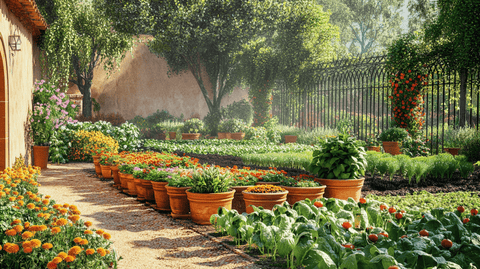


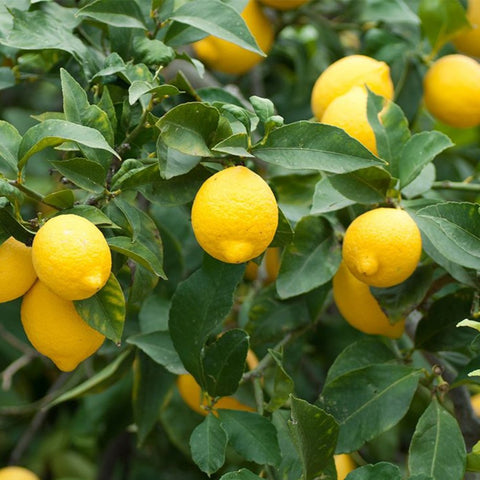

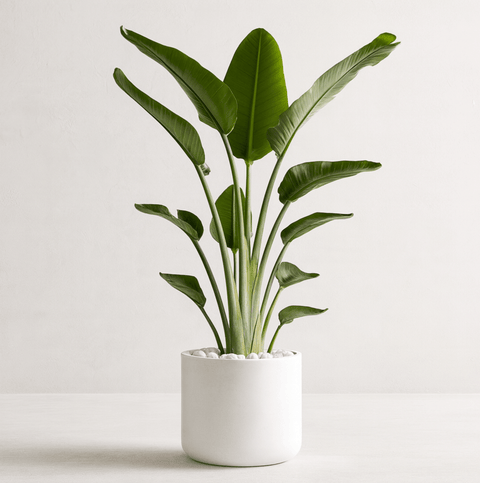

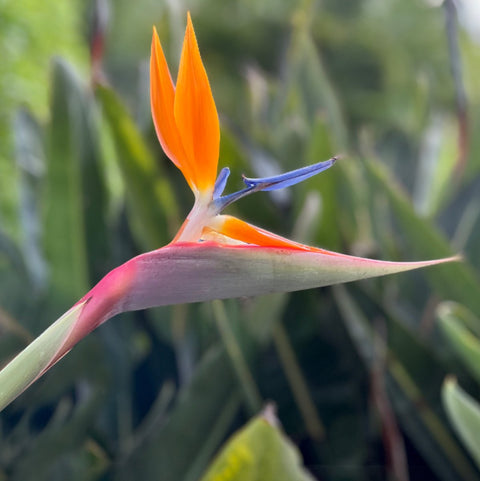

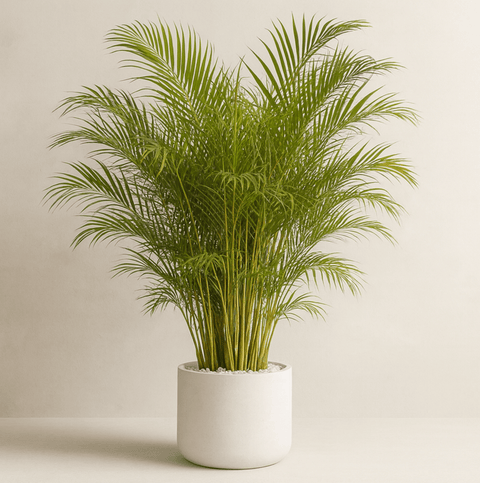






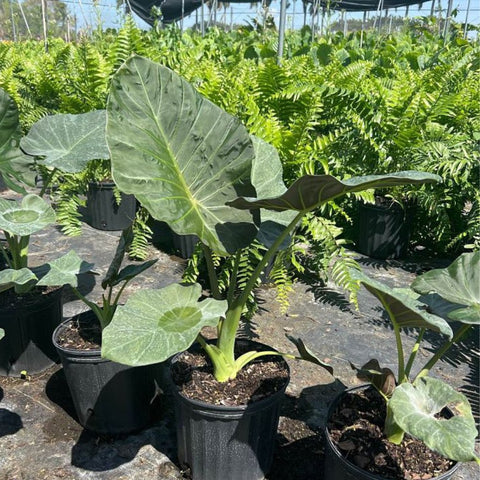





Comments (0)
There are no comments for this article. Be the first one to leave a message!